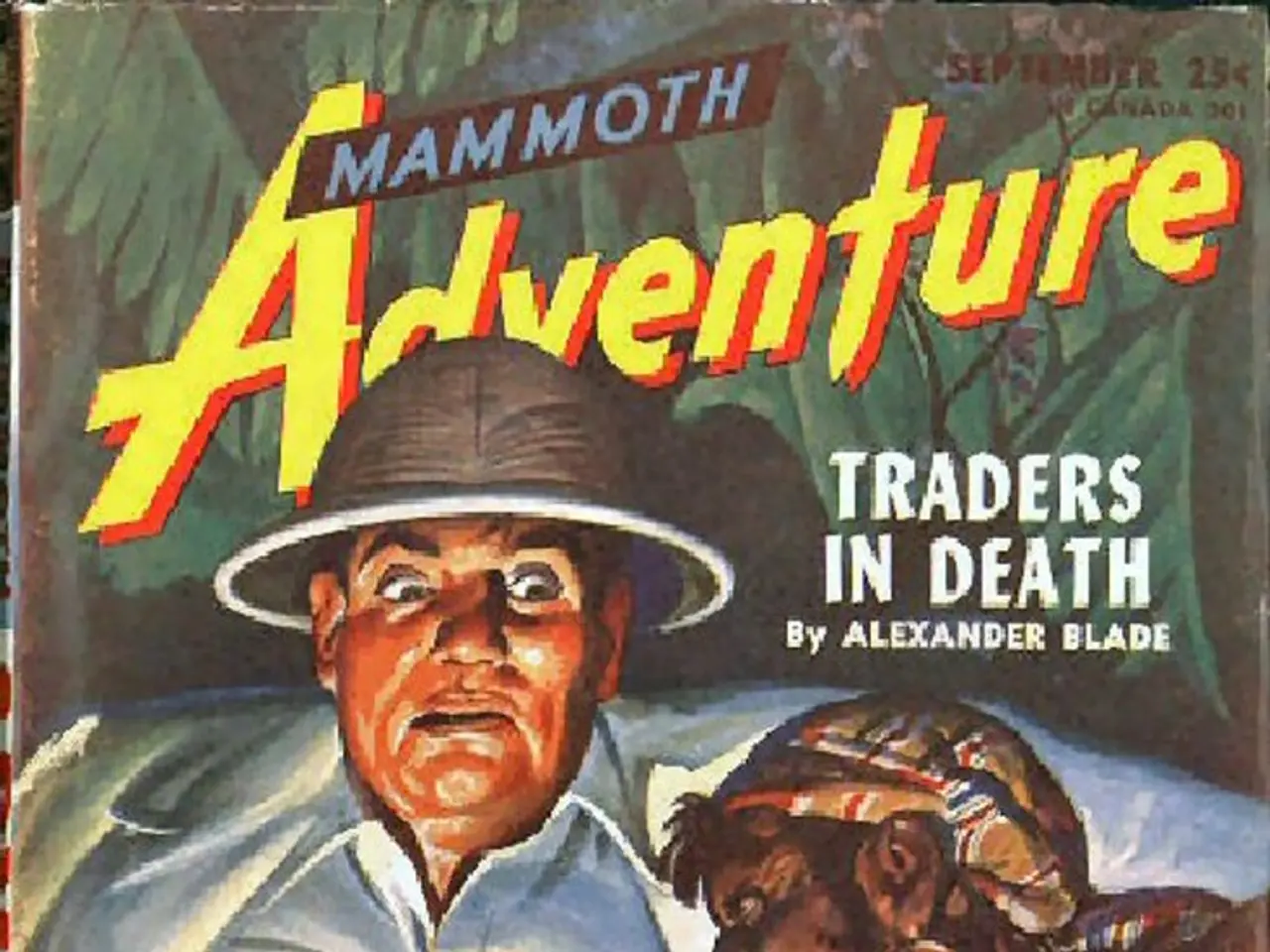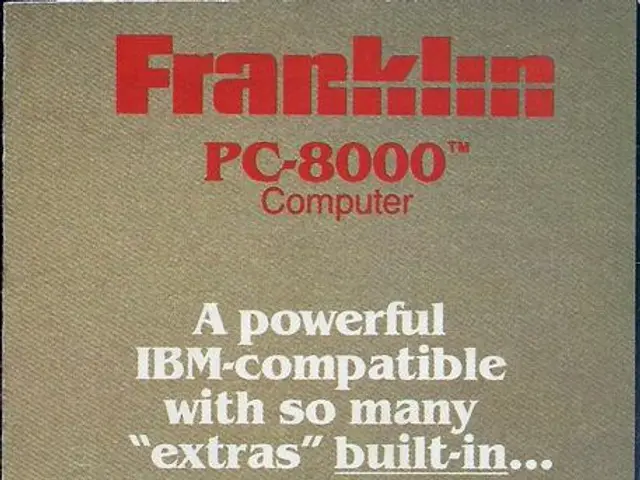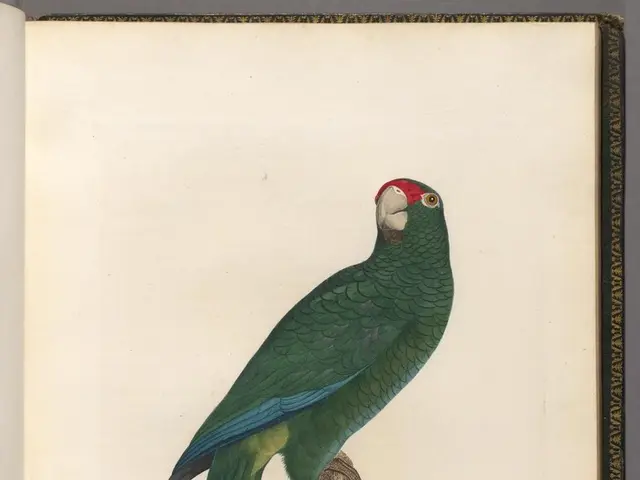The legend and financial clout of the "model minority" portrayed group
In the United States, Asian Americans have made significant strides in various fields, particularly in high-paying technical occupations. However, a closer look reveals a more complex picture of their experiences in the workplace.
The "model minority" myth, a term first coined by sociologist William Petersen in a 1966 New York Times Magazine article, has had real consequences for Asian Americans and other minority groups. This myth, which describes Asian Americans as high achievers and good workers but not great leaders, has been used to pit them against other racial groups, particularly African Americans, while letting America off the hook for addressing racism and discriminatory practices.
Despite being overrepresented in high-paying positions, Asian Americans are underrepresented at the highest levels of their fields. This is evident in the fact that they are the least likely racial group in the United States to be promoted into management, despite higher-than-average employment and education rates.
Moreover, Asian Americans have reported higher rates of feeling unsupported in the workplace. This is compounded by the stereotype of the "perpetual foreigner," which leads to discrimination incidents and further marginalisation.
The "model minority" myth also has historical roots. The 1965 Immigration Act removed immigration bans on Asian countries, but still restricted which individuals could enter the country. Many of the first individuals who immigrated from Asian countries were primarily doctors and engineers, contributing to the group's reputation as high achievers.
However, it's important to note that the "model minority" is a myth. It ignores legal and cultural changes that occurred during the time period, and the challenges that Asian Americans continue to face in the workplace.
For instance, Asian Americans are more likely to be promoted to top leadership positions when an organization is already on the decline, a phenomenon known as the glass cliff. This means that they are often taking on high-risk, high-pressure roles without the necessary support or resources.
The consequences of the "model minority" myth are far-reaching. It not only perpetuates stereotypes and discrimination but also hinders the progress of Asian Americans in the workplace. It's crucial to challenge this myth and work towards creating a more equitable and inclusive work environment for all.
Read also:
- Understanding Hemorrhagic Gastroenteritis: Key Facts
- Stopping Osteoporosis Treatment: Timeline Considerations
- Tobacco industry's suggested changes on a legislative modification are disregarded by health journalists
- Expanded Community Health Involvement by CK Birla Hospitals, Jaipur, Maintained Through Consistent Outreach Programs Across Rajasthan







